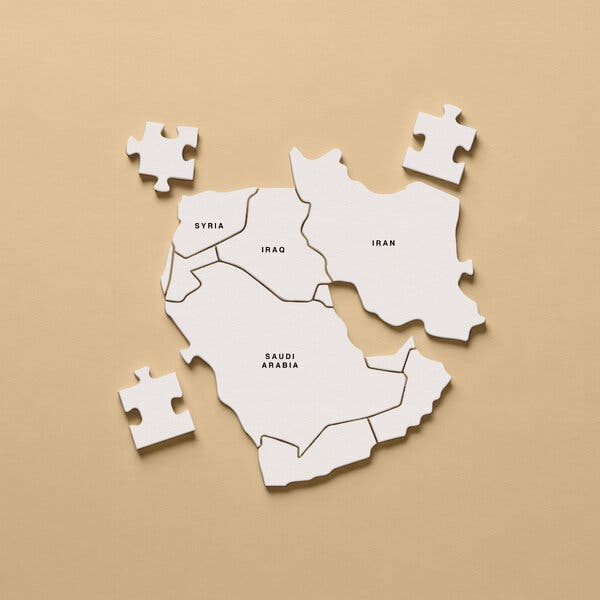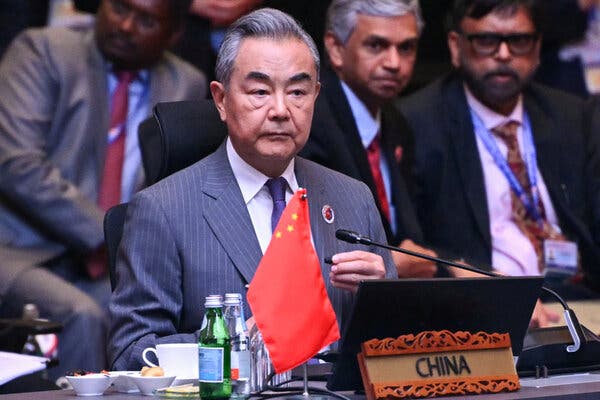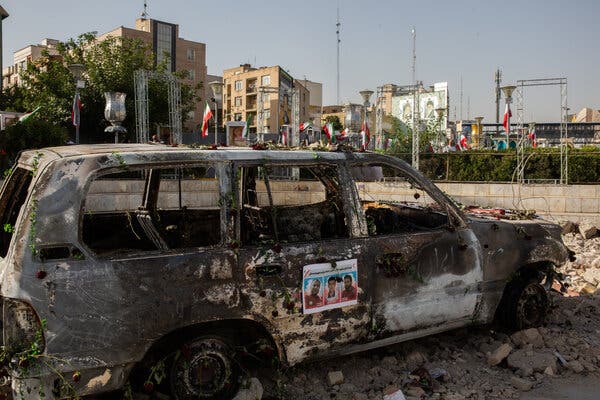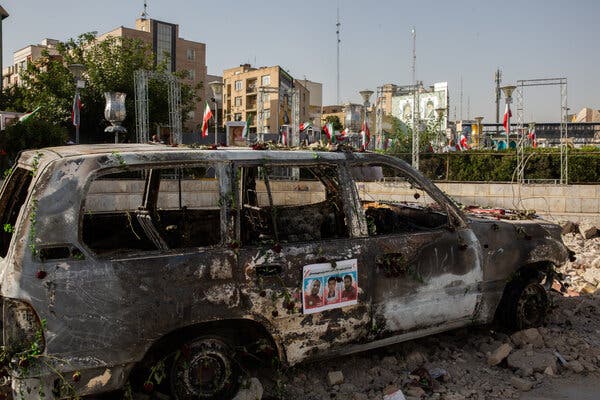A video clip circulating on social media in recent months shows Syria’s new president, Ahmed al-Shara, astride a handsome black horse in a sand riding ring with a few thick palm trees. He is alone, wearing a trim leather jacket, as the high-stepping horse circles within the ring.
The video’s soundtrack is a song glorifying the Umayyad caliphate, which ruled the Middle East in the seventh and eighth centuries. “The Umayyads are of golden lineage; their name provoked fear in Persian kings,” the video’s opening lyrics say. The actual first line from the
popular song
, “I am an Arab Muslim, not an Iranian appendage,” is omitted. Still, the message comes across: Syria, no longer under Shiite Iran’s influence, has returned to the hands of the country’s Sunni majority.
For many Arabs, that dynasty was the halcyon age of Muslim history. Starting in Damascus in A.D. 661, the Umayyads established the first Muslim kingdom, defeating the Persians as it spread into Central Asia and across North Africa over 90 years. Now, some find a distinct echo in Syria’s being unshackled from Iranian dominance.
The collapse of Iran’s regional influence, in particular its expulsion from Syria, its main Arab ally, represents an inflection point of the kind not seen in the Middle East for more than two decades. One part of the geopolitical rebalancing could be a retreat from the overt sectarianism that has plagued the region ever since the U.S. invasion of Iraq resulted in Shiites taking control in Baghdad.
With the fall of the government of President Bashar al-Assad of Syria last December, what King Abdullah II of Jordan once famously referred to as the “Shiite Crescent” — a network of armed allies stretching from Iran, through Iraq and Syria, to Hezbollah’s areas of Lebanon — disintegrated. The Assad government in Syria, a fully fledged state rather than a militia, had been the Iranians’ capstone and a hub for supporting other forces in the so-called Axis of Resistance against Israel and the West.
Of course, religion goes only so far in explaining what is happening in the Middle East. For years, regional powers like Iran and Saudi Arabia have used theology as a cover for material concerns. In the realignment today, political, military and economic power are at stake. That is underscored by the fact that the change has been driven not by Sunni or Shiite Muslims, but by Israel. Still, Iran, to project its influence, helped to push a sectarian agenda for years, which the Gulf Arab countries often reciprocated. Iran is unlikely to be able to do that again soon.
We are having trouble retrieving the article content.
Please enable JavaScript in your browser settings.
Thank you for your patience while we verify access. If you are in Reader mode please exit and
log into
your Times account, or
subscribe
for all of The Times.
Thank you for your patience while we verify access.
Already a subscriber?
Log in
.
Want all of The Times?
Subscribe
.




